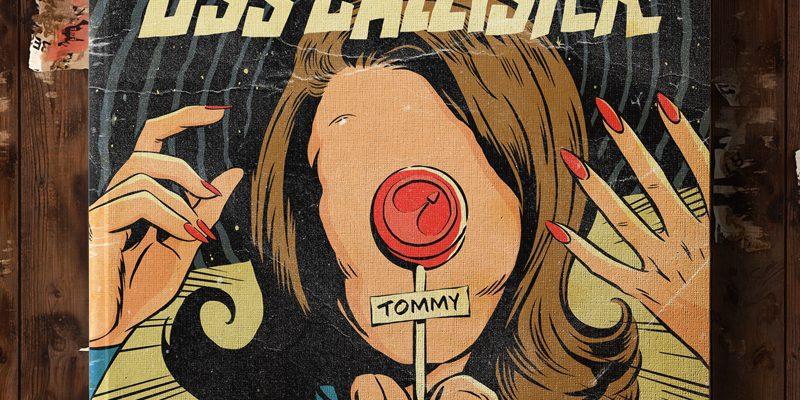It is amazing how far Netflix has developed when it comes to its original series. Hundreds of thousands of dollars go into these productions, with Ultra HD quality and outstanding originality. As far as cable television ,other internet series and big motion pictures, the content’s originality clearly exceeds movies, while more episodes and time allow these shows to go deeper into storylines and character development.
One of the more recent and popular shows streaming is none other than “Black Mirror, ” now on its fourth season. Written by Charlie Brooker and Jesse Armstrong, each episode, roughly an hour, investigates the ideas of different, advanced, and futuristic technologies. They’re often glorified, and introduced as already working products in the real world. Until they don’t work, people abuse them, or they take over with a mind of their own.
As amazing as these devices may seem at first, they all eventually have a downside. From a dime-sized device you place on the temple of the head such as in the episode “USS Callister” that allows you to fall into your own virtual reality, to similar looking devices in the episode “Crocodile” that allows law enforcement to access a witness’s memories to get accurate evidence from a crime scene by law. One can lose their mind, or go to extremes to protect themselves or others. In some cases, by the end of the episode, it may make viewers think that some things should never be invented. Or question why anyone would invent such things, such as assassin robot-dogs featured in the episode “Metalhead.” Or placing a chip inside of a child’s head for their parent to choose what they can see, hear, or understand, along with tracking them like a chipped dog, played out in the episode “Arkangel.”
The last episode of season four, called “Black Museum” included every invention the curator of the museum could get his hands from every episode from every season, taking long-time viewers down a trip through memory lane. After the curator takes visitors on tours and explains what each invention’s intentions were and how the invention did not live up to its hype, the show reminds the viewers that people created all these inventions in the same timeline of the same world. This fact suggests the that once someone cracks the code to our consciousness and how to capture or manipulate it, the possibilities of what can come from that are endless, and in some cases, terrifying.
Every episode is up for interpretation by the viewers. They may watch and think how they could improve the inventions by observing the mistakes made, or be blown away by what humans are capable of. In the world of science today, consciousness cannot be explained or harnessed in any way, but “Black Mirror” shows society what could be possible if we crack that code, and so far through every season, it’s been a dangerous game. Some things really should never be invented.





![[Both photos courtesy of sonoma.edu]
Ming-Ting Mike Lee stepped in as the new SSU president following Sakakis resignation in July 2022](https://sonomastatestar.com/wp-content/uploads/2024/04/CC4520AB-22A7-41B2-9F6F-2A2D5F76A28C-1200x1200.jpeg)


























